Last week in my Travel Trends essay, I announced that my husband and I had taken a long-anticipated Panama Canal cruise in April, to celebrate our 30th wedding anniversary. Before we left, Bill mentioned that there was a time in his life when listening to a lecture about the Panama Canal on a cruise ship would not have appealed to him at all, yet he was very much looking forward to it!
I felt much the same way, but the “lecture” turned out to be a very nicely produced presentation in the same impressive 3-story World Stage Theatre used in the evenings for concerts and other big productions on board Holland America’s Eurodam. It was more of an interactive documentary than a lecture, with our friendly Aussie cruise director live on stage addressing us directly while sharing clips from fascinating pre-recorded interviews with historians and the highly trained pilots who help guide ships through the canal.
We not only learned what to expect on the day of our crossing but a little of the complex history of the canal and how it differs from sea-level canals, like the Suez in Egypt. The Panama Canal had a massive impact on trade and the world’s economy once it was finally operational, saving ships a two-week, 8000-mile trip around the tip of South America.
We started and ended our trip in the States, embarking in Ft. Lauderdale, Florida, and disembarking in San Diego, California. We then flew back across the country to our home in the Carolinas.
These full-length Panama Canal experiences are repositioning cruises which take ships that have been used for shorter Caribbean cruises during the winter over to Alaska, where they will be used for summer cruises. The process is reversed at the end of the summer season, when ships return to the Caribbean.
I refer to ours as a “full” Panama Canal cruise because there are two kinds: 1) repositioning cruises like ours, which essentially start in one ocean and proceed all the way through the canal (including 3 sets of locks) to the other ocean or 2) shorter cruises that start on the Atlantic side and go through only one set of canal locks before turning around in Lake Gatún (a 166 square-mile man-made lake formed to make the canal possible) then traveling back through the same set of locks in the opposite direction to end in the same place the cruise began.
I was surprised to learn that it usually takes 8-10 hours to traverse the entire canal, from when the ship receives final clearance to initiate the canal journey at the first set of locks to emerging in the Pacific Ocean on the other side.
As the French learned the hard way in a first attempt at a simpler sea-level canal in Panama, the terrain in this area made that initial plan impossible. When the US came in for a second try, they had the opportunity to learn from France’s devastating experiences and to create an entirely different design and process, suitable for the challenging Central American terrain.
A system of locks—essentially giant water elevators—raises the level of ships from sea level up to the level of Gatún Lake, which was created by strategically damming the Chagres River. After crossing the enormous lake and making their way through a smaller channel known as the Culebra Cut, ships are lowered back to sea level on the other side. The details are more complicated, of course, but that’s it in a nutshell.
Something else I didn’t realize before the trip, having never really scrutinized a map of Panama, is that although the canal allows ships to travel east to west (or west to east) without going around South America, the canal itself runs more north/south because of the configuration of the land at Central America’s narrowest point. We traveled southeast through the canal even though we were ultimately headed to the west coast.
I did remember, as many of us learned in school, that early attempts by the French to create the canal were unsuccessful, due not only to the incredibly challenging terrain but also because of widespread malaria and yellow fever, which claimed the lives of 20,000 workers before France gave up that first attempt. No one yet realized that mosquitos were the carriers of these life-threatening diseases; they also didn’t understand that the standing water created by the procedures they were following provided ideal breeding grounds for the disease-carrying insects that were killing off so many workers.
Learning how to eradicate these diseases was as important as figuring out how to engineer the canal itself. Both had ripple effects across the world. Fortunately, the United States was eventually able to do both of those things, but it was a slow process, and despite monumental efforts, some 5600 additional workers were lost to accidents and disease even in their successful attempt to complete the canal.
The Panama Canal, built by the United States, has operated continuously since its opening in 1914. From 1903 to 1979, a 10-mile wide canal zone was established that the US controlled. Treaties signed between the two countries in 1977 abolished the US canal zone in 1979 and re-established sovereignty with Panama as it initiated a process of gradually transferring the operation and defense of the canal from the US to Panama. The two countries shared those responsibilities to varying degrees until Panama assumed full control in 1999.
Trade was not the only thing profoundly affected by the Panama Canal. World War ll might have ended quite differently without it because the canal was heavily used by the Allied Forces, and it allowed the US to quickly restore a depleted Pacific fleet. The US stationed 65,000 troups in Panama to protect the canal during the war. Fortunately, it never came under attack, but the Japanese did have a plot to destroy it. The war ended, however, before Japan could carry out its plan.
It’s difficult to convey the scale of this experience through photos or even video. Noticing that our daily cruise schedule allotted 12 hours—6am to 6pm—for our journey from the Caribbean Sea (an extension of the Atlantic Ocean) to the Pacific Ocean on crossing day was my first clue. Until then, I had no idea it would take so long. We were also warned to expect delays and adjustments in the ongoing timing of things throughout the day.
We ended up getting Panamanian approval for an even earlier start than scheduled, before 5am, so it was too dark to see much or make photos as we went through the first set of locks on the Atlantic side. (Besides, who wants to get up at 4:30 am on vacation?) But we knew there would be two other sets of locks on the other end of the crossing that we could get a good look at.
Two cabin television channels in each passenger stateroom were devoted to forward and aft cams, so, although the picture was not high quality, once the sun was up, our TVs offered passengers enough of an image to decide when to leave the room and go out on deck to see something interesting.
We were fortunate enough to secure a balcony cabin, so we could easily step out and see what was happening on the port side of the ship (on the left, as you face the front) and to see how close we were to the locks while going through them, but we got even luckier: for this one day of the cruise, they also opened some areas on the outside of the ship which are ordinarily accessible only to crew members.
When we got near the narrowest part of the locks, it was fascinating to watch as several silver locomotives on either side of the lock were connected by big ropes to our ship to help guide it through. The Eurodam is a big vessel, with more than 2000 passengers plus a large crew, and we were at most 18 inches from the walls on either side.
Our cabin on the 7th floor was toward the front of the ship, just one floor below the bridge (where the captain does his thing) and they temporarily opened a small area across the front of the ship on our floor where we could easily walk out to observe essentially the same view the captain had just above us.

Larger viewing areas were also open below us, but having this smaller one so close to our room was great! We could alternate between looking out our balcony on the port side of the ship and strolling down the hallway to look out the front (where we could even peek around the corner to the starboard side, occasionally).
We were also fortunate when it came to the weather. We did get a few drops of rain here and there, but for most of the day, we had just enough cloud cover to keep it from being unbearably hot outside, but not too much rain to spoil the view or the experience.
We took no photos of the Gatún Locks that we went through before dawn as we entered the canal, but later in the morning it was quite interesting to see the various vessels in Gatún Lake and to realize that the little islands scattered about were actually the tops of mountains until the area was flooded with water from the powerful Chagres River. Water from the lake is gravity-fed into all the locks with no electricity needed, which is pretty ingenious!
After crossing Lake Gatún, we had a great view as we went through both the Pedro Miguel and the Miraflores locks. There’s a visitors center at Miraflores where people can watch ships go through, and I read that entrance tickets are $155 each with an extra $30 charge for a guided tour while you are there. I was a little taken aback by the price, but it’s still cheaper than a cruise.
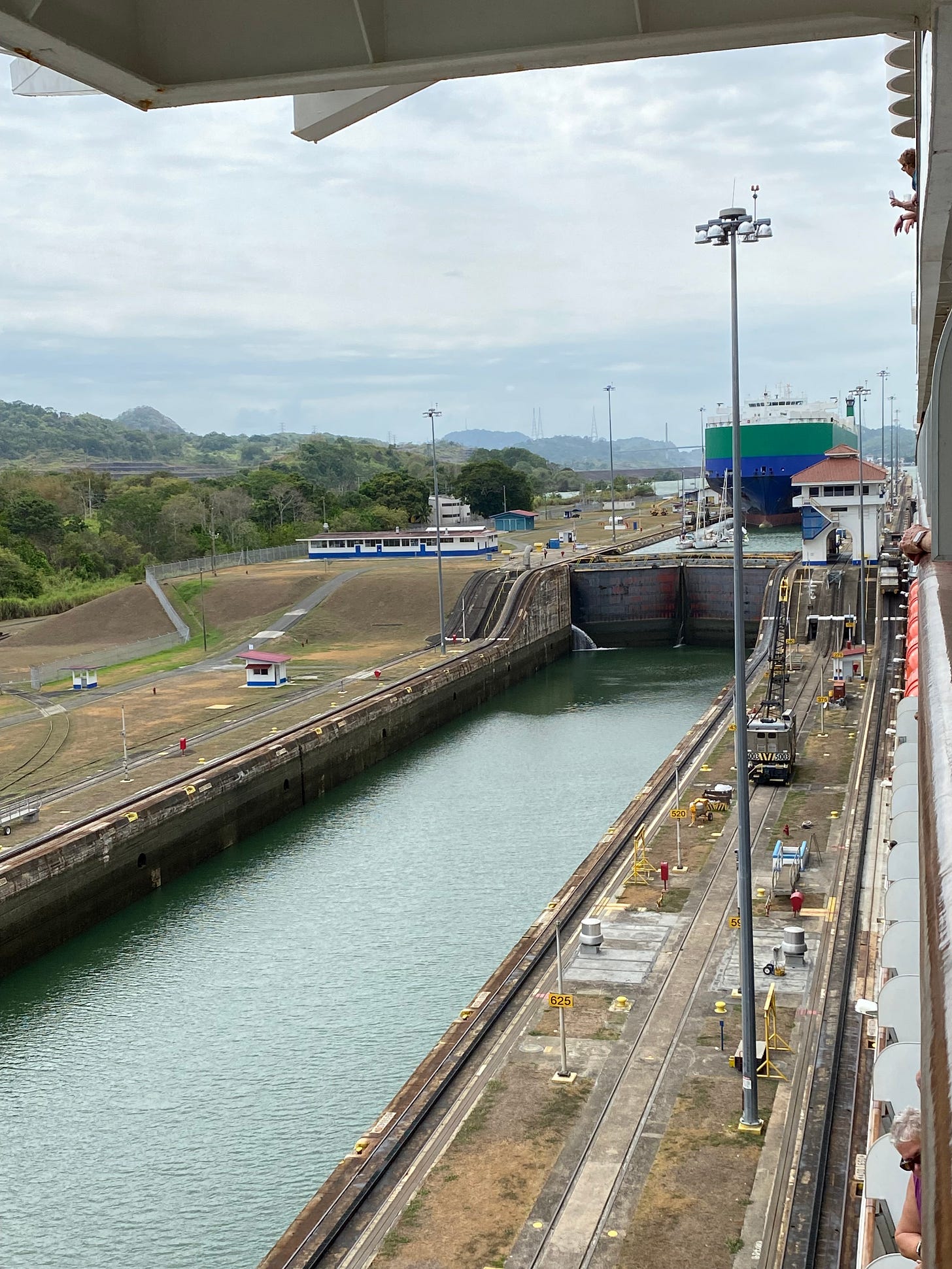
Both lanes of locks were in use going the same direction on the day we were there, so we could compare what was happening to our ship (water levels, etc.) with the ship in the neighboring lock. At some points, we could also see vessels in a separate new traffic lane that was added in 2017 after a 10-year expansion project. The newest section of the canal allows even larger ships to traverse the waterway.
Vessels transiting the canal must pay tolls, not unlike we pay to use a toll road. Tolls are set by the Panama Canal Authority based on vessel type and size as well as the type and amount of cargo. Calculating those fees can be complicated. In 2022, a simplified toll structure was announced, reducing the number of tariffs involved from 430 to fewer than 60.
The highest single toll to date was nearly $4 million paid by a Japanese company, but this was a “priority passage fee” which included the cost of jumping to the front of the line when the canal was congested. The lowest toll ever paid was by Richard Halliburton, who swam the canal in 1928. He paid 36 cents, which would be about $5.39 today.
The grand finale was sailing under the Bridge of the Americas into the Pacific Ocean with the skyscrapers of modern Panamá City on our port side as we rounded the corner to head up the west coast. Our anniversary cruise through the Panama Canal was quite an experience, and I’m grateful for the chance to do something so extraordinary. It’s easy to understand why the canal is considered one of the 7 Wonders of the Modern World.





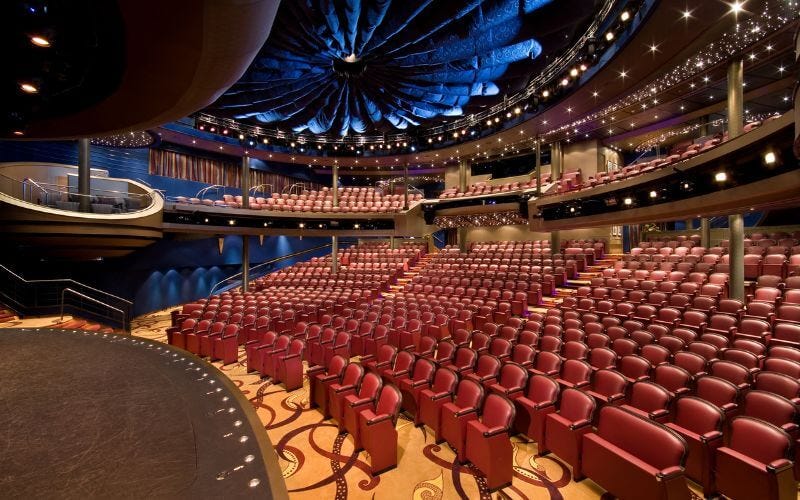
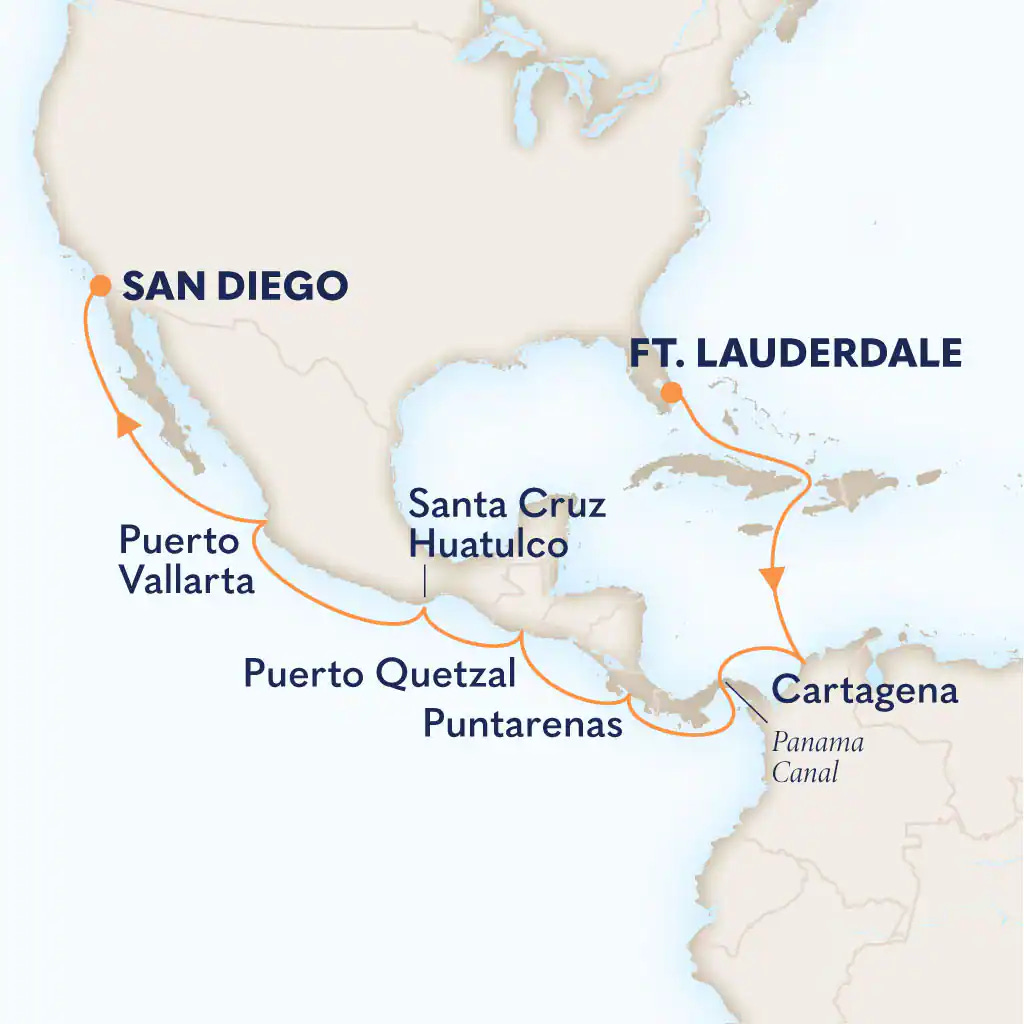

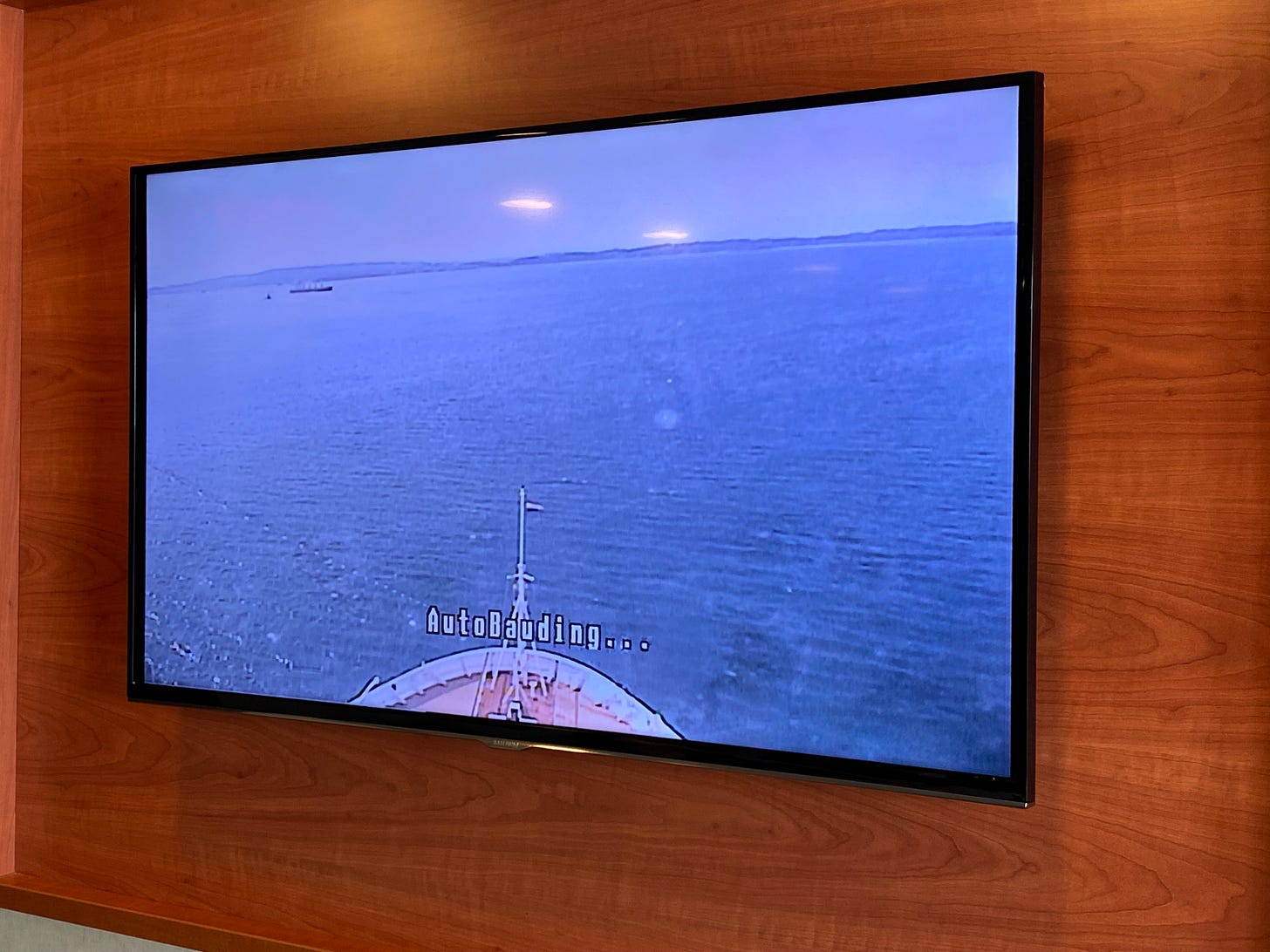


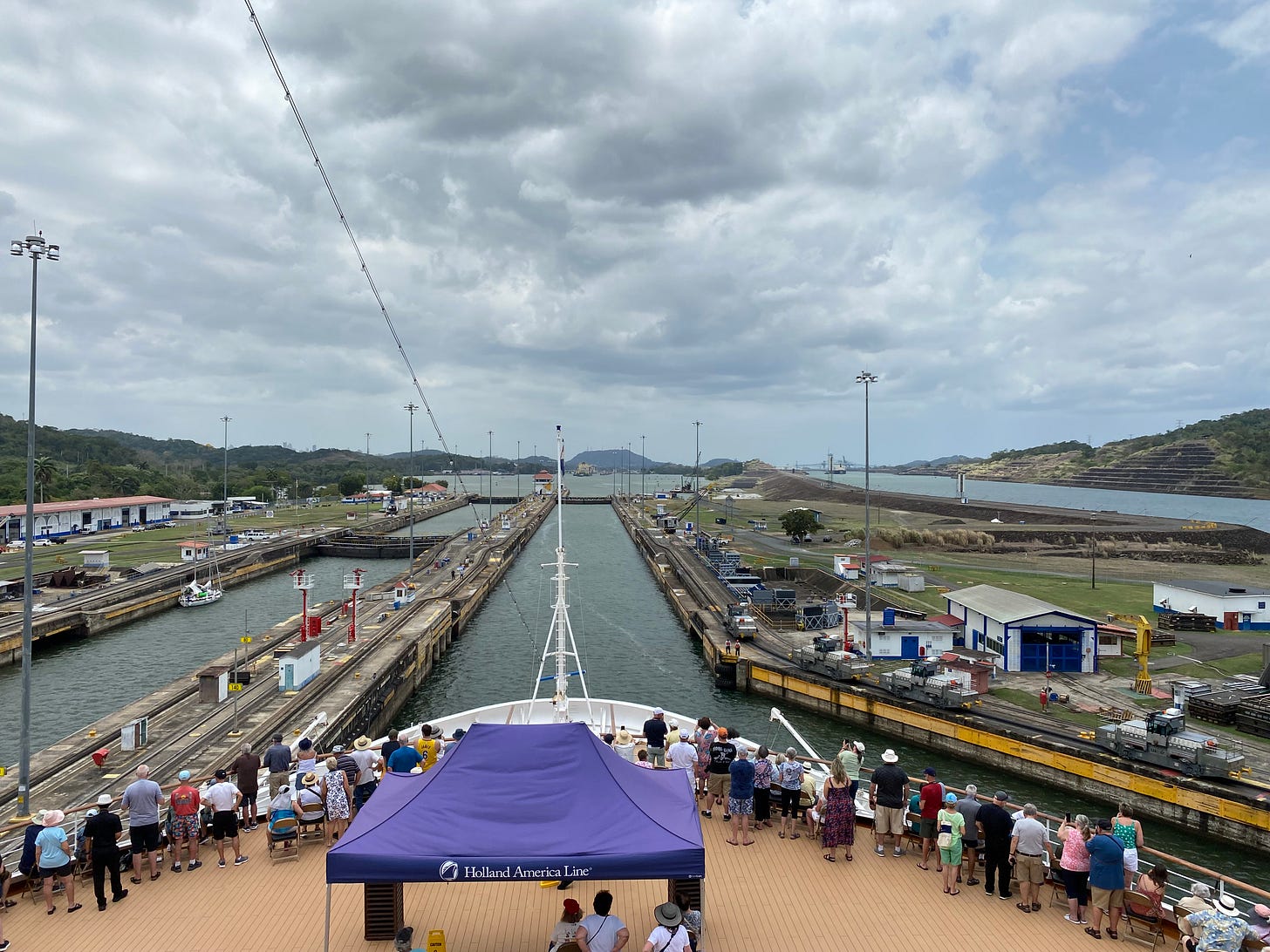
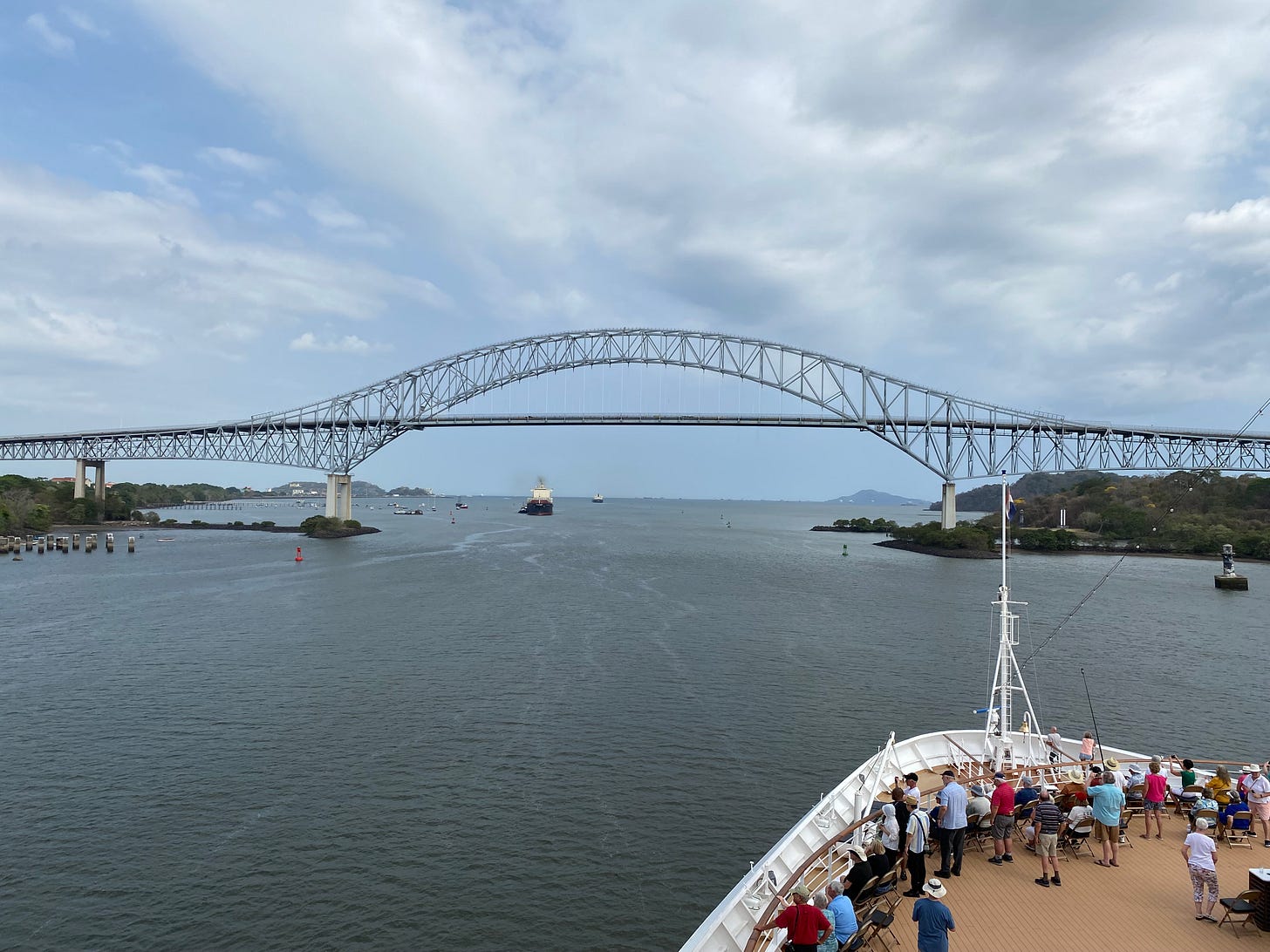
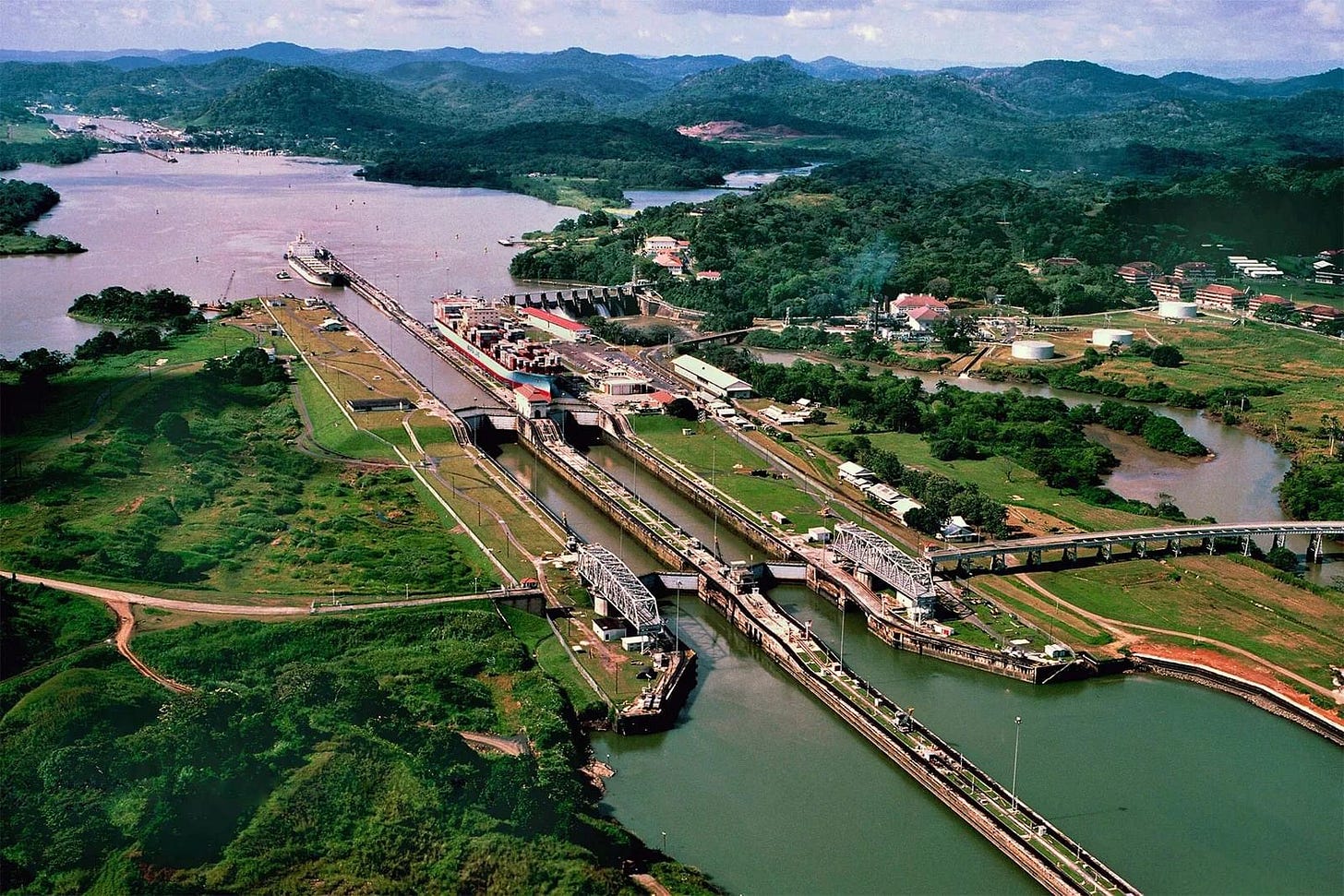
Lenora, Pat and I both enjoyed reading about this. We visited Duluth, MN, several years ago and were able to stand just a few feet away from some huge cargo ships as they exited Lake Superior through the aerial lift bridge to get into the Duluth port. But I don't think that compares to what you experienced going through the Panama Canal!
A fascinating account, Lenora. Early on while reading your essay I began humming “Planes and Boats and Trains,” Dionne Warwicks lovely recording. You filled in quite a few gaps of my memory on the building of the canal. Many thanks.
As old as the Panama Canal is, my gut sense is that the majority of ocean liners and cargo vessels were designed to fit the width of the canal?! While I’d wager you enjoyed some excellent performers during the cruise, your emphasis today on the canal tells the reader about the greatest one of the cruise. Many thanks, Lenora.